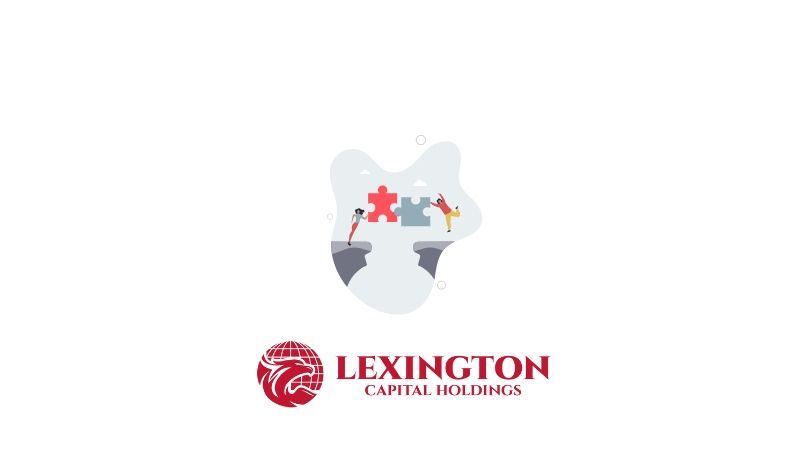Maximizing ROI: The Best Investments Small Businesses Can Make in 2025
Maximizing ROI: The Best Investments Small Businesses Can Make in 2025
As a small business owner, every dollar you spend matters. In 2025, the key to staying competitive isn’t just about cutting costs—it’s about making smart investments that deliver maximum return on investment (ROI). As the world of business continues to transform, knowing where to allocate resources can make all the difference in your growth and sustainability. Here are the top investments small businesses should consider in 2025 to maximize ROI and drive success.
1. Digital Marketing and Advertising
The digital world is more competitive than ever, making it crucial to invest in strategic marketing that cuts through the noise. From targeted ads to engaging social media content, a strong online presence is a must.
Key Tips:
- Invest in paid social media campaigns to reach highly specific audiences.
- Use SEO tools to optimize your website and improve organic search rankings.
- Leverage content marketing, such as blogs, videos, and infographics, to establish your business in your industry.
Why It Matters: Digital marketing offers measurable ROI. Platforms like Meta Ads or Google Ads provide analytics to track the effectiveness of your campaigns, ensuring you’re investing wisely.
2. Technology and Automation
Streamlining operations with technology can save time, reduce errors, and improve customer experience. Automation tools are no longer a luxury—they’re a necessity for scaling your business.
Key Tips:
- Use customer relationship management (CRM) software to enhance client interactions.
- Automate routine tasks like invoicing, email marketing, and inventory management.
- Consider AI tools for data analysis, customer support, and sales optimization.
Why It Matters: By automating repetitive tasks, you free up time for your team to focus on higher-value activities. Plus, technology often leads to cost savings in the long run.
3. Employee Development
Your team is your greatest asset. Investing in their growth and satisfaction can lead to increased productivity, better retention, and a stronger workplace culture.
Key Tips:
- Offer professional development opportunities, such as courses, certifications, or workshops.
- Provide competitive benefits and incentives to keep employees motivated.
- Foster a culture of feedback and collaboration to improve team dynamics.
4. Data-Driven Decision-Making
In 2025, data isn’t just valuable—it’s essential. Businesses that leverage data insights to guide decisions often outperform those that rely on intuition.
Key Tips:
- Use analytics tools like Google Analytics or Tableau to track key performance indicators (KPIs).
- Monitor customer behavior to refine marketing and sales strategies.
- Regularly review financial data to optimize spending and revenue generation.
Why It Matters: Data-driven strategies help you identify what’s working and what isn’t, enabling you to allocate resources effectively and boost ROI.
5. Customer Experience Enhancements
Customers remember how you make them feel. Investing in better customer service and streamlined experiences can set your business apart.
Key Tips:
- Implement tools like live chat or chatbots for instant customer support.
- Offer personalized services or tailored product recommendations.
- Collect and act on customer feedback to continuously improve.
Why It Matters: A great customer experience drives loyalty, repeat business, and referrals, all of which contribute to long-term growth.
6. Diversification of Revenue Streams
Focusing too much on one product or service may limit your business's ability to adapt and grow. Broadening your revenue streams allows your business to stay flexible and seize new opportunities in a dynamic market.
Key Tips:
- Expand your offerings by introducing complementary products or services.
- Consider subscription-based models to ensure recurring revenue.
- Collaborate with other businesses to access new audiences and markets.
Why It Matters: Diversifying your income sources minimizes risk and fosters innovation, enabling your business to remain competitive and future-ready.
Final Thoughts
The best investments for small businesses in 2025 focus on building efficiency, enhancing customer satisfaction, and driving growth. Whether it’s through technology, employee development, or customer experience enhancements, each investment has the potential to deliver significant ROI when approached strategically. By staying ahead of trends and focusing on strategic investments, your business can achieve sustainable growth and long-term success!

When you apply for business funding, your application goes through a critical stage—underwriting. This is where lenders evaluate risk and determine whether your business qualifies for financing, and under what terms. Understanding what underwriters look for can help you strengthen your application, avoid delays, and increase your approval odds.

Not every business enjoys a steady stream of income. For many companies—especially those in seasonal industries, contracting, or project-based work—revenue can shift dramatically from month to month. These ups and downs are normal, but they can make managing cash flow, payroll, and operating expenses challenging. At Lexington Capital Holdings, we understand that fluctuating revenue doesn’t mean instability—it just means you need the right financial tools to stay balanced and grow confidently.

The Challenge of Hyper-Growth For many startups, growth isn’t the problem—it’s managing it. Rapid scaling demands capital for hiring, marketing, technology, and operations. But too often, founders find themselves cash-strapped right when they need resources the most. Choosing the right financing strategy can be the difference between sustainable growth and burning out too soon.

When it comes to business financing, the terms you secure are just as important as the funding itself. Lower interest rates, flexible repayment schedules, and higher approval amounts can mean the difference between simply surviving and setting your business up to thrive. The good news? Business owners often have more negotiating power than they realize. At Lexington Capital Holdings, we’ve seen firsthand how preparation and strategy can help secure stronger terms. Here’s how you can do the same:

For many businesses, waiting on customer payments can feel like standing still when you’re ready to move forward. Delayed invoices, extended payment terms, or slow collections create cash flow gaps that make it harder to cover expenses, pay employees, or seize new opportunities. The truth is—even successful, profitable companies face this challenge. The key isn’t avoiding it, but managing it strategically with the right funding solutions

Securing business funding is a milestone—but the real impact comes from how you put that capital to work. Every dollar borrowed should fuel momentum, strengthen operations, and generate measurable returns. Unfortunately, too many businesses stop at “getting approved” and miss the chance to maximize their return on investment (ROI). At Lexington Capital Holdings, we believe funding isn’t just about access to capital—it’s about creating opportunity. Here’s how to ensure your financing delivers the highest ROI:

In today’s fast-paced business environment, standing out from the competition requires more than just great products and services—it takes strategy, timing, and smart financial decisions. One of the most overlooked tools in building and maintaining a competitive advantage is business financing. When leveraged correctly, financing doesn’t just help you “get by”; it can actually position your business to outpace competitors and capture new opportunities.

In business, surprises aren’t a matter of if—they’re a matter of when. Whether it’s a sudden equipment breakdown, an unexpected dip in sales, or a market shift that requires quick adaptation, unforeseen expenses can test even the most successful companies. The difference between thriving and struggling often comes down to how well you’ve prepared.

When most business owners hear the word debt, it sparks feelings of stress or risk. But here’s the truth—debt isn’t always a bad thing. In fact, when managed strategically, debt can become one of the most powerful tools to grow, stabilize, and scale your business. At Lexington Capital Holdings, we work with business owners every day who are navigating this very question: Is taking on debt the right move for me? Let’s break down the difference between “good” and “bad” debt so you can make informed financial decisions.

In today’s business world, financing options are everywhere—but choosing the right path can feel overwhelming. From traditional bank loans to alternative lending solutions, the fine print and fast-changing requirements often leave business owners spending more time deciphering funding terms than actually running their businesses. That’s where the value of a dedicated funding advisor truly shines. At Lexington Capital Holdings, we’ve seen firsthand how personalized guidance can transform the funding experience for business owners of all sizes.

